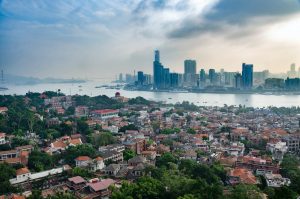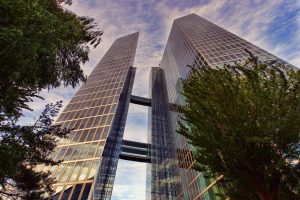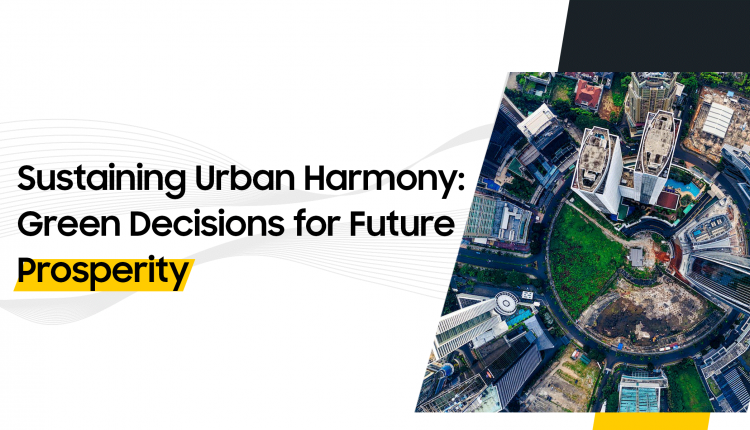Sustaining Urban Harmony: Green Decisions for Future Prosperity
In the dynamic realm of construction and real estate, the symbiotic relationship between economic evaluation, sustainable building practices, and multi-criteria decision-making (MCDM) comes to the forefront. Sustainable building practices, with a focus on reduced energy consumption, have emerged as a key driver in the design process. Designers increasingly view sustainability not just as a responsibility but as a potent economic advantage. Non-residential buildings, when designed with energy efficiency in mind, can yield substantial power savings, often up to 30%. This shift in demand towards sustainable features reflects the market’s acknowledgment of the economic benefits associated with environmentally conscious design.

As the market embraces sustainability, the question arises: to what extent does this recognition translate into tangible market value? Beyond qualitative considerations, the exploration of statistical evidence becomes crucial. Understanding the statistical link between sustainable building performance and market value is a pivotal aspect of economic evaluation. This integration of economic factors and sustainability measures shapes the strategic planning process, where decisions aim not only for immediate economic gains but also for long-term market resilience.

Shifting gears to the realm of MCDM, urban policies, and territorial transformations undergo a profound shift, necessitating innovative decision-making tools. The complexities of public intervention, combined with resource optimization imperatives, underscore the need for advanced methodologies. MCDM methodologies, such as the Analytic Hierarchy Process (AHP), play a significant role by allowing decision-makers to consider both economic and extra-economic values when evaluating diverse functional solutions. These methodologies provide choices that extend beyond traditional cost-benefit ratios, aligning with the broader perspective of economic evaluation that goes beyond mere monetary considerations.

Importantly, the involvement of the community in decision-making processes becomes a cornerstone. The formalization of an evaluation process that considers community needs not only enhances transparency but also ensures that choices align with shared values. In this way, decision-makers navigate the intricate web of economic considerations, energy efficiency goals, and community aspirations in a holistic manner.
In conclusion, the intersection of economic evaluation, sustainable building practices, and MCDM forms a nexus that defines the trajectory of the built environment. The economic benefits of sustainability, the statistical validation of its impact on market value, and the adoption of advanced decision-making tools collectively contribute to a paradigm where buildings are not just structures but integral components of a sustainable, economically viable, and community-driven future.
Visit IEREK Press Journals to explore numerous published articles on these significant topics.
You can read more on these subjects in the following papers in Environmental Science and Sustainable Development journal (ESSD):
– Francesco Calabró and Lucia Della Spina’s research paper titled “The Economic Evaluations and the Real Estate Appraisals for the Effectiveness, Feasibility and Sustainability of Urban Regeneration Measures”
– Andrea Ciaramella’s research paper titled: “Sustainability and Energy Performance in the Real Estate Market”


